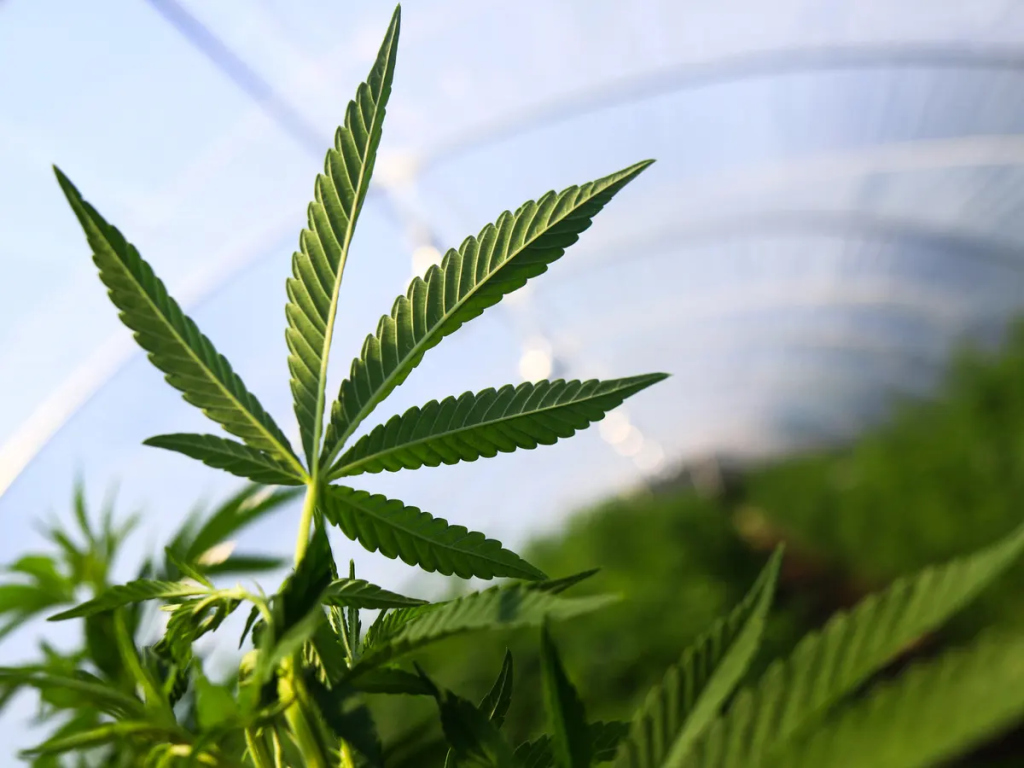
The growing life cycle of a cannabis plant involves four main stages: Germination, Seedling, Vegetative, and Flowering. Let’s look at each stage in more detail with https://gasdank.com:
Weed Growing Life Cycle Explained

- Germination: This is the first stage in the life cycle of a cannabis plant. It begins when the seed is planted in the soil or other growing medium. During this stage, the seed will absorb water and start to sprout a taproot. Germination typically takes 24 to 48 hours and can last up to 10 days.
- Seedling: Once the taproot emerges, the plant enters the seedling stage. This is when the first set of leaves called “cotyledons” emerge. During this stage, the plant will start to photosynthesize and develop its root system. Seedlings require high humidity, gentle watering, and low light intensity.
- Vegetative: The vegetative stage begins when the plant has developed several sets of true leaves and starts to grow taller and bushier. During this stage, the plant will focus on building its vegetative structure and developing a strong root system. Vegetative growth requires a lot of light, water, and nutrients. In this stage, growers may use training techniques to manipulate the shape and size of the plant.
- Flowering: The flowering stage begins when the plant starts to develop buds. During this stage, the plant will focus on producing flowers and trichomes, which contain cannabinoids and terpenes. Flowering is triggered by changes in the light cycle, typically from 12 hours of light to 12 hours of darkness. This stage requires a specific balance of nutrients and light to support bud development. Once the buds have matured, the plant is ready to be harvested.
It’s important to note that the length of each stage can vary depending on the strain, growing conditions, and other factors. Additionally, each stage requires specific care and attention, such as proper lighting, nutrients, and watering, to ensure optimal growth and development.

0 Comments for “Weed Growing Life Cycle Explained”